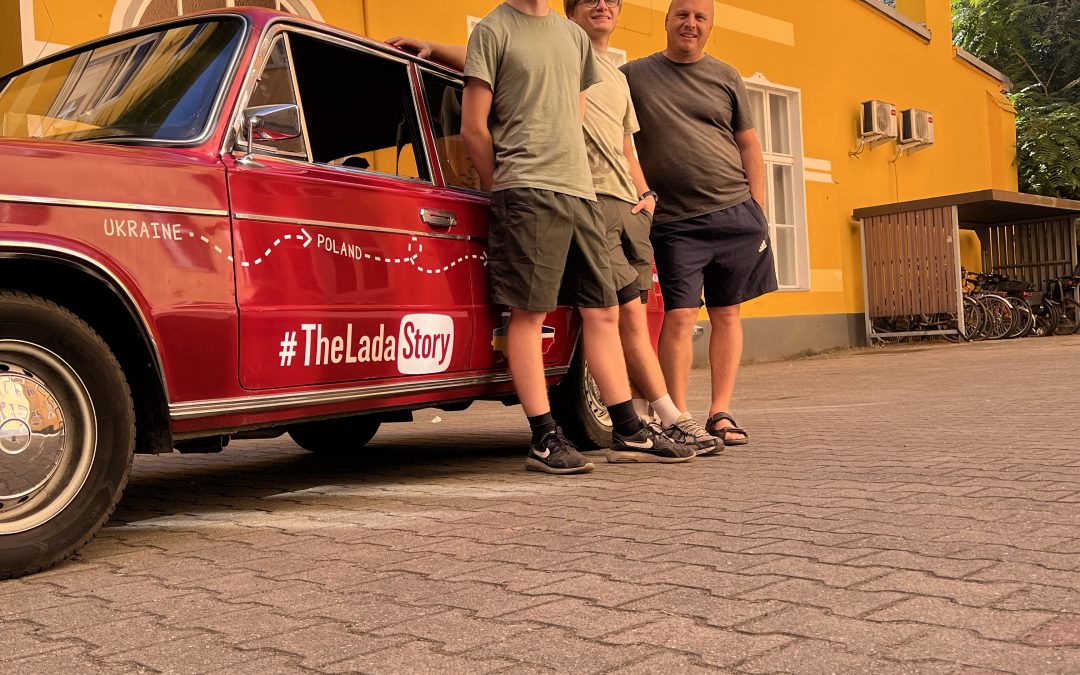


Have you ever traveled to a new nation and been amazed by all the new things the nation has? …new food, new culture and, in many cases, also new cars. When I landed in Texas some years ago, I rented a car that I had never heard about, and that we don’t have in Europe…
For those that don’t know, for me a car is only a tool for getting from A to B. According to my wife, I am paranoid about every sound or light that unexpectedly appears. If I have not heard it before, nor seen it before in the car, then I am heading straight to the mechanic.
Long story short… I don’t know much about cars, and I know very little about what’s under the hood of the car I don’t care about engine size or motors. But… I have spent most of my adult life in Eastern and Central Europe, so I know a thing or two about different cultures and post-communist traditions. I also know a thing or two about history, and a part of history is the cars that each nation has made. Volvo is Swedish, Citroen is French, and Ford is American. At one point this was so, but today cars are produced all over the world, and branding is no longer strictly limited to one nation. But still, Yugo was once a car built in Yugoslavia/Serbia, Dacia was built in Romania, and Skoda was built in Czechoslovakia. And within Central Europe, we also had cars like Aro and Oltic from Romania. We had Zastava from Yugoslavia and Fiat Polska in Poland, and a few more. In the Soviet Union, they had their own cars. Ukraine produced Zaporizhia and Russia had their Volga and Mozokovich.
But one car marked Eastern and Central Europe more than any other car…




From the Soviet Union, this car was exported all over the world. From a massive manufacturing plant at the banks of the river, millions of cars came off the assembly line.
One car stood out in this assembly line.. it was the great year of 1978 and a little red car came out of the facility ready for its new owner and adventures. Most likely the owner had signed up for the car years previous to 1978… maybe as early as 1970.
But today was the day the little red car and it’s new owner had their first meeting. It was certainly a meeting to be remembered for both of them, I’m sure. Children made memories in this car. It took the family on holidays, on visits, and for some it gave them their first experience with car sickness. Youth started to flirt in this car, and maybe a handsome young man drove it to pickup his girlfriend for the first time.
This car, our Vaz 2103, or more famously known as Lada 1500s, came off the assembly line this day in 1978. Little do we know about it’s days and it’s owners, the children that have done their laughing and crying in the back seat, the kisses and the goodbyes, but we know the Lada was a car that shaped people’s lives.
Let’s bring it up-to-date. Forty-four years after the Lada was born in Toliatti, my family and I were on holiday in Romania— a nation I now know well, after many decades of working there. My boys were asking if we can go to Ukraine to buy a Lada! My response was something along the lines of, “Why not!?”

So we did.. and here is where the Lada Story was born— a story we write together with all the great people that have been driving and owning one. A story of serving and one of the possibilities. A story of the Soviet Union that went through an earthquake of changes, and where several of the old union friends have been attacked by a big brother where the old regime is still present.
Our little red Lada has lived through the changes and it has been close many times to not making it. It’s former owner had to drive it over 1000 km to bring the Lada and his own family to safety as the Soviet Union ghost hit Ukraine hard. They traveled from Kharkiv to western Ukraine, where we picked it up and started the next leg of its journey.

We went from Ukraine to Poland, and who knows, maybe it was its first border crossing in its 44 years… ?? From there we crossed into Germany— a nation that was divided in two when our Lada saw its first daylight. But, today it is one nation… and our Lada’s cousin, the Trabant, has become a symbol and a cool car to drive and own.
From Germany, we drove to Scandinavia, where there are a few vintage Ladas around as a remembrance of a time when the Lada was a symbol of the servant of its people!
Follow our journey and our Lada’s journey in becoming a car of the nations..
